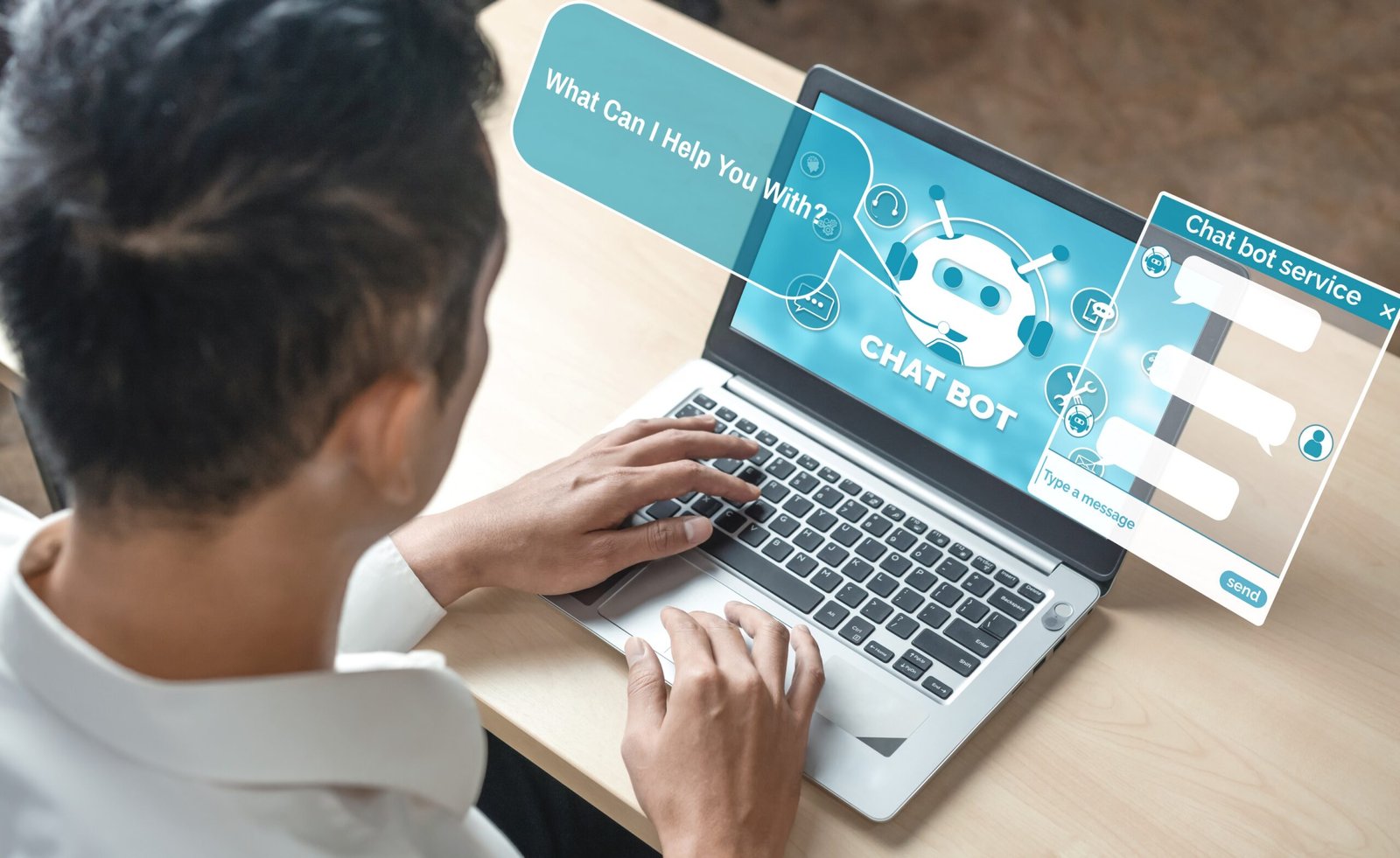
AI Chatbot-assisted conversational marketing is the quickest approach to interact with website visitors and convert leads through dialogue-driven activities. Consumer engagement, rather than one-way brand communication, is the core of this style of inbound marketing.
The approach to initiate real-time discussions with buyers and consumers is through conversational marketing. Conversational marketing uses tailored messages and smart chatbots to engage customers while they’re on your website. It eliminates the need for lead forms and long wait times. Making it easy for consumers to interact with your business helps convert the right leads faster. This leads to happy customers—and a successful business.
How conversational marketing is changing customer purchasing behavior
The method to promote and sell has a flaw: it no longer corresponds to how people buy products. People like messaging because it is quick, simple, and seems like a conversation. As a result, it is unsurprising that 90% of customers desire to connect with businesses (and the majority prefer it over email).
Buyers and customers do not have time for this anymore, and the numbers show it:
Only 43% of people answer cold calls.
>The average email open rate has fallen to 20%
The average landing page conversion rate is only 2.35%
The B2B buying process has become cold, impersonal, and way more painful for the buyer than it needs to be.
How Do You (actually) Do Conversational Marketing?
Implementing conversational marketing does not force you to blow everything up and start from scratch. It is the fastest way to move buyers through your marketing and sales funnel.
It is more like turning on a new lead-gen channel that complements your existing marketing efforts.
The Conversational Framework boils down to 3 steps:
Engage
Understand
Recommend
1. Engage more leads with chatbot instead of forms.
>What happens if you allow people to start discussions right away on your website rather than forcing them to fill out forms before speaking with anyone? For the most part, This results in more conversions, more leads, and a better experience.
>You can use a bot to start a conversation when visitors click to download, contact sales, or book a demo. But it doesn’t have to stop there. You can keep the conversation going and guide them through your funnel—instead of making them wait for a follow-up email.
2. Understand leads and what they want in minutes instead of days.
>It takes days of marketing automation and nurturing emails to qualify leads the traditional way.
>Conversational marketing uses bots to keep you available 24 hours a day, seven days a week to communicate with new prospects. Chatbots qualify leads in real time, identifying who they are and what they want. This removes the need for leads to wait for follow-up emails.
3. Recommend the right next step to move leads through your funnel.
>AI chatbots are amazing at engaging and understanding leads, but when it comes to closing the deal, nothing matches human-to-human engagement. That’s why bots use intelligent routing to connect leads with your sales team. They can even schedule meetings automatically, so your team can focus on selling. Bots will always ensure that the correct leads go to the appropriate representative’s thanks to sophisticated routing. Leads can be assigned on a rotational basis if you have numerous salespeople in the same region. AI Chatbot may organize appointments for eligible leads immediately from chats after sales reps link their calendars. Your sales staff will appreciate having a calendar full of high-quality meetings waiting for them when they get up.
Have a Professional design for your website. We cater Website designs, Digital marketing, SEO. Graphic design, Product photography.
Necessary cookies are absolutely essential for the website to function properly. This category only includes cookies that ensures basic functionalities and security features of the website. These cookies do not store any personal information.
Any cookies that may not be particularly necessary for the website to function and is used specifically to collect user personal data via analytics, ads, other embedded contents are termed as non-necessary cookies. It is mandatory to procure user consent prior to running these cookies on your website.



Comments are closed